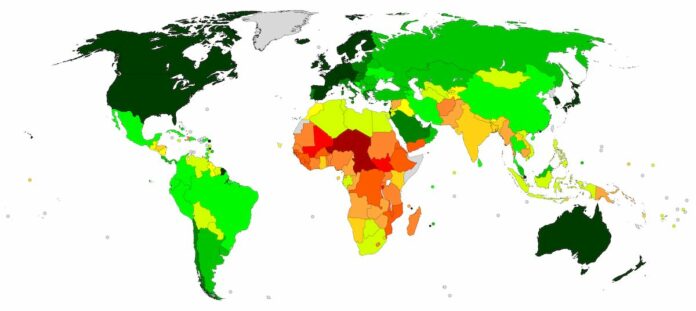The Human Development Index (HDI), is an index used to rank countries based on human development, the first to start with the Human Development Index was Pakistani economist Mahbub ul Haq, in collaboration with Indian economist Amartya Sen, and British scientist Magand Desai. This Index began to emerge in the mid-1990s.
The human development index is measured using indicators that include per capita income, education, and human age. The higher-ranking States enjoy a higher level of education, a higher age, and a higher per capita gross national income than States with lower-ranking. HDI is rated on a scale of 0 to 1.0, with 1.0 representing the highest level of human development.
The human development index is divided into four levels: extremely high human development (0.8-1.0), high human development (0.7-0.79), medium human development (0.55-0.7), and low human development (less than 0.55).
Most developed countries have an HDI of (0.8) or higher (very high human development level), with stable Governments, widespread education, quality health care, high life expectancy, strong growing economies, and the world’s least developed countries with low human development index scores below (0.55).
The least developed countries face unstable Governments, widespread poverty, lack of access to health care, and poor education. In addition, these countries suffer from low income and life expectancy, along with high birth rates. The Human Development Index helps the United Nations to identify countries in need of assistance, specifically the least developed countries.











